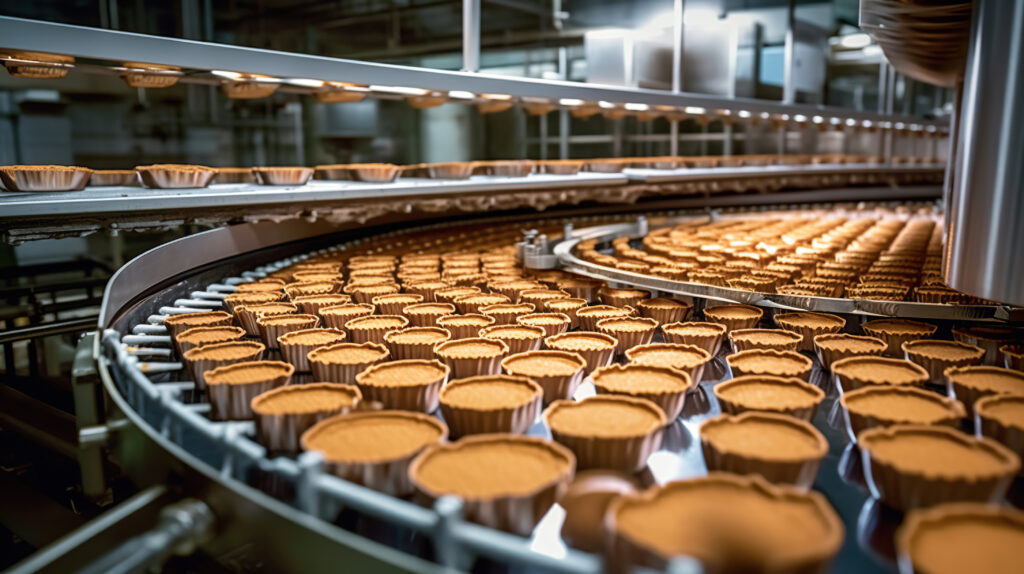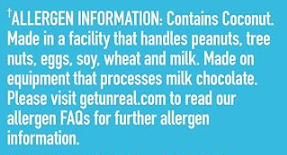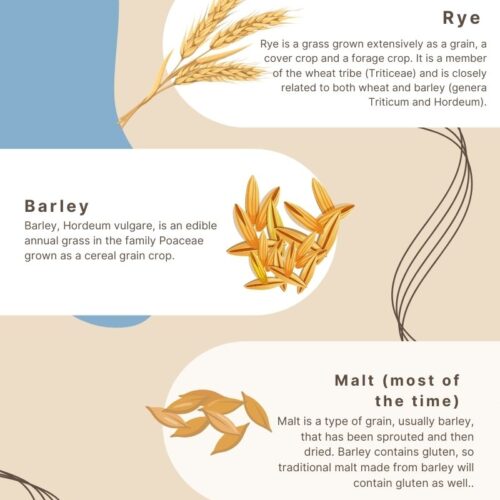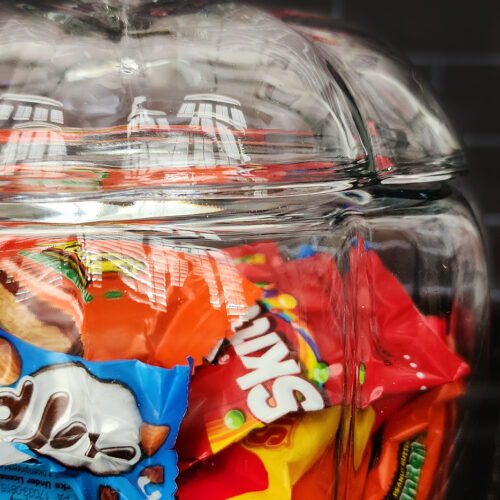These days, more and more people are jumping on the gluten-free train. People are ditching gluten from their diets, whether it’s due to celiac disease, gluten sensitivity, or other health reasons. But let’s be real, navigating the gluten-free aisle at the grocery store can be pretty overwhelming. Gluten likes to hide in all sorts of unexpected places, and figuring out how to decipher food labels is key to successfully maintaining a gluten-free lifestyle. This blog post will give you the information that you need to read labels to find gluten-free foods. So, let’s dive in!

Understanding the Importance of Gluten-Free Labeling
Gluten is a protein found in wheat, barley, rye, and their derivatives. For people who have health issues related to gluten, even small amounts of gluten can be a major problem. Therefore, reliable gluten-free labeling is crucial for them. Thankfully, food regulations have improved over the years, making it easier for consumers to identify gluten-free products.
Important Terms to Look for on Labels
Gluten-Free: In the United States, products labeled gluten-free must contain less than 20 parts per million (ppm) of gluten. Checking for this labeling when buying packaged foods is an easy way to know that an item has less than 20 ppm of gluten and making it safe to consume for most people on a gluten free diet. One exception to this is if the item contains oats.
Oats: Oats are naturally gluten-free, so you would think that they are always a safe item. Unfortunately, oats are often comingled with wheat, making them highly susceptible to cross-contamination during processing, If you have celiac disease or are highly sensitive to gluten, you will want to make sure that a product containing oats is certified gluten-free OR states gluten-free oats in the ingredient list. Another very safe term when considering oats is “purity protocol.” Due to some recent changes, there are now people within the gluten-free community that feel oats are not currently safe for people with celiac disease. If you would like additional information about this recommendation I suggest reading this POST from Gluten Free Watchdog.
Certified Gluten-Free: The most straightforward label to spot is “Certified Gluten-Free.” There are organizations that provide gluten-free certification logos, such as the “Certified Gluten-Free” mark from the Gluten-Free Certification Organization (GFCO). Products bearing these logos are rigorously tested and meet strict gluten-free standards. For more about Gluten-Free and Certified Gluten-Free labels and reading labels to find gluten free food, check out my “Labeling – Gluten Free vs. Certified Gluten Free”– blog post HERE.
Many people choose to stick with products that are either labeled gluten-free or are naturally gluten-free, like fresh fruits and vegetables. However, eating only labeled or whole foods can further restrict an already restricted diet. With knowledge of how to read a label and do additional research, it is possible to eat food that is not specifically labeled gluten-free.
The first thing that you need to know when looking at non-gluten-free labeled items is that in the United States, the FDA only requires a label to declare an ingredient if it contains one of the top 8 allergens. The top 8 allergens are milk, eggs, fish, shellfish, tree nuts, peanuts, wheat, and soybeans. Wheat is included in the top 8 allergens, but gluten itself or gluten-containing proteins, such as barley (also called malt) or rye are not required to be declared. Therefore, gluten could be present in these products under a name that is unfamiliar to you or in a general ingredient such as “natural flavors”. That’s why reading labels can be very tricky.
Manufacturers are allowed to display allergen declarations in one of two ways, so you will also want to be aware of where to look. Again, when looking for gluten-free products only wheat will be declared as an allergen. You must independently search for other gluten-containing ingredients on the label. The two different acceptable allergen declarations are:
In parentheses following the name of the ingredient.
Examples: “lecithin (soy),” “flour (wheat),” and “whey (milk)”
— OR —
Immediately after or next to the list of ingredients in a “contains” statement.
Example: “Contains wheat, milk, and soy.”
May Contain: Some products include statements like “may contain wheat”. If a product is labeled gluten-free, but also has a “may contain” statement that means that it may contain a small amount of wheat either by ingredient or cross-contamination, but still meets the FDA criteria of having under 20 ppm of gluten. For the most part this is to warn consumers that have a wheat allergy. If a product has a “may contain wheat” statement but isn’t labeled gluten-free then the amount of gluten in that product is not regulated and should generally be avoided by someone on a gluten-free diet.

Wheat Starch: Wheat starch can be so confusing! Wheat is gluten and gluten is wheat, right? Well, not always. Gluten is the protein found in wheat, therefore if you separate the gluten protein from the wheat then the wheat CAN BE gluten-free, which is called gluten-free wheat starch. For wheat starch to be gluten-free it must be specifically manufactured to be gluten-free and the product must be labeled with, “The wheat has been processed to allow this food to meet the Food and Drug Administration (FDA) requirements for gluten-free foods.” Research has shown that gluten-free wheat starch products can be safe for people with celiac disease. These products would not be suitable for someone with a wheat allergy.
Processed with wheat: There are products that are labeled “processed in a facility that also processes wheat” or “processed on shared equipment with wheat”. These are voluntary statements and not required for any manufacturer to declare. This means that you might be consuming products from a shared line or facility and not know it. If a product is labeled certified gluten-free or gluten-free and has either of those statements it should be considered safe because it must adhere to the 20 ppm or less regulation on gluten. Most (not all) manufacturers have strict cleaning and sanitizing procedures for shared lines. and facilities can be as big as a football field with the gluten containing items no where near the gluten-free area. With products that don’t have any gluten-free labeling, but have a shared line or facility warning you will want to be very cautious and skipping that product is safest in that situation. If you are unsure about a certain product it is best to reach out to the manufacturer for more information on their procedures.

Tips for Effective Label Reading
Read Every Label: Don’t assume that a product is gluten-free just because it seems like it should be. Look for the gluten-free label, even for foods you’ve purchased before.
Learn Synonyms: Be familiar with gluten’s various names, such as “wheat protein,” “semolina,” or “barley malt extract.” This knowledge will help you identify hidden sources of gluten.
Call Manufacturers: If you’re uncertain about a product’s gluten status, don’t hesitate to contact the manufacturer. They can provide you with accurate information.
Getting the hang of reading labels and knowing what to look when living a gluten-free lifestyle is very important. Once you know the lingo, carefully checking those ingredient lists and using the available resources, you’ll be able to read labels to pick out gluten-free options that are safe for you. Remember, with a little practice, reading labels will become second nature, and you can breeze through the grocery store without a worry!



